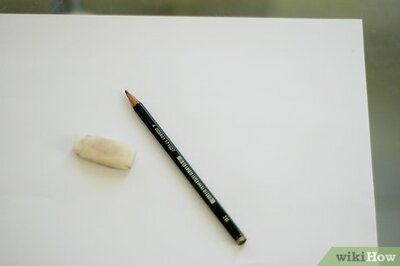
views
London: Archaeologists in Scotland have found a "circular feature" beneath the historic King's Knot in Stirling that they believe could be King Arthur's round table.
The King's Knot, a geometrical earthwork in the former royal gardens below Stirling Castle, has been shrouded in mystery for hundreds of years.
Though the Knot as it appears today dates from the 1620s, its flat-topped central mound is thought to be much older and has been linked to King Arthur, who ruled Britain in the late 5th and early 6th centuries, the Daily Telegraph reported.
A team led by archaeologists from Glasgow University that conducted the first ever non-invasive survey of the site in May and June discovered that there was indeed a round feature on the site that pre-dates the visible earthworks.
Historian John Harrison, of the Stirling Local History Society who initiated the project, said: "Archaeologists using remote-sensing geophysics, have located remains of a circular ditch and other earth works beneath the King's Knot.
"The finds show that the present mound was created on an older site and throws new light on a tradition that King Arthur's Round Table was located in this vicinity."
Stories have been told about the geometrical mound for hundreds of years, including that it was the Round Table where King Arthur gathered his knights. It's also been said the site is partly Iron Age or medieval, or was used as a Roman fort.
Harrison, who has studied the King's Knot for 20 years, said: "It is a mystery which the documents cannot solve, but geophysics has given us new insights.
"Of course, we cannot say that King Arthur was there, but the feature which surrounds the core of the Knot could explain the stories and beliefs that people held."
Stephen Digney, who coordinated the project, said: "This investigation is an exciting first step in a serious effort to explore, explain and interpret them.
"The results so far suggest that Scotland's monarchs integrated an ancient feature into their garden, something we know happened in other countries too."














Comments
0 comment